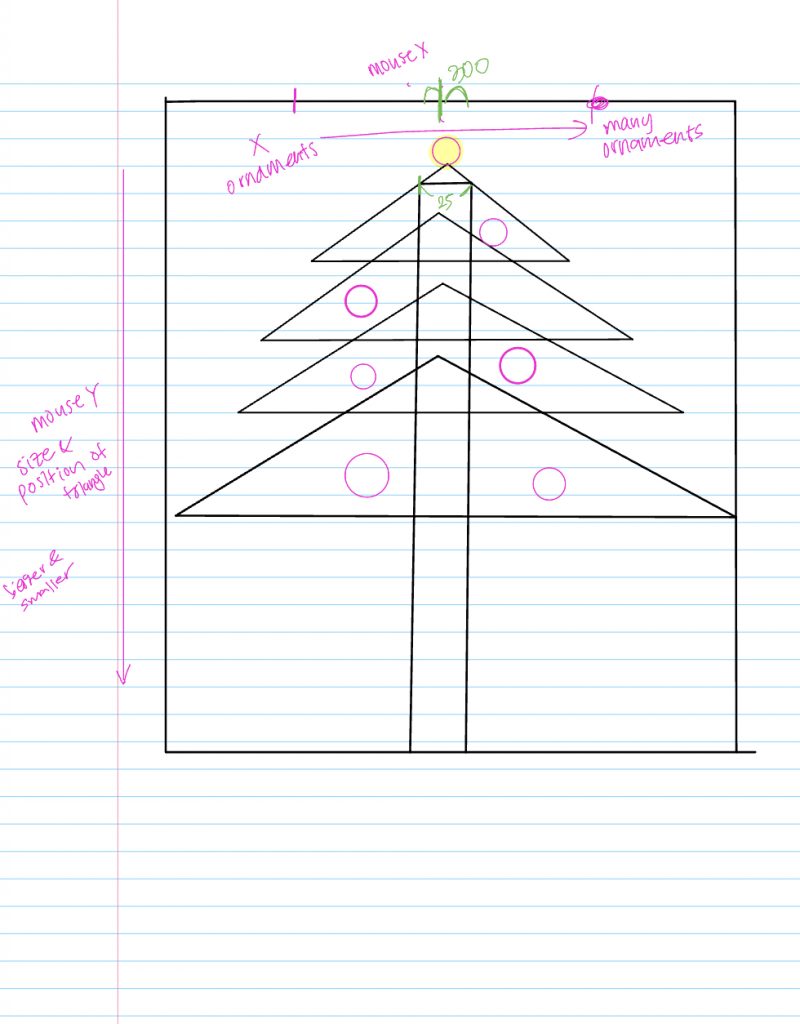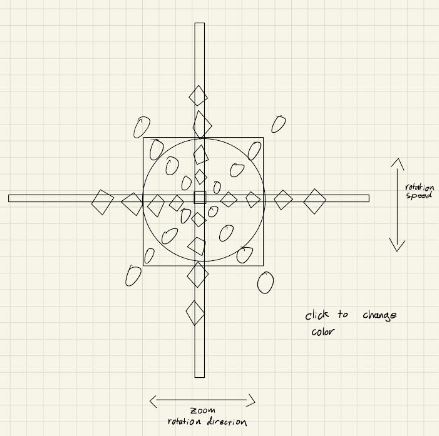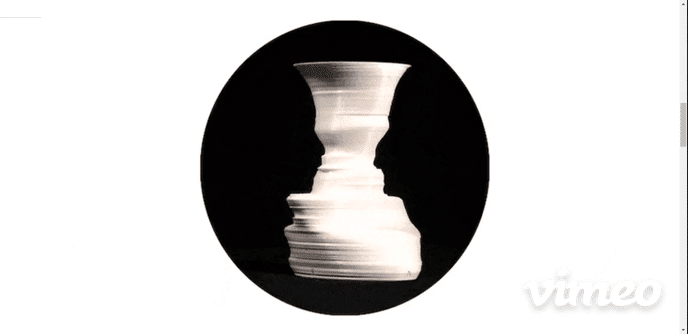For this project, I used the curves generated by the strings to make a sort of landscape. Because the shapes generated were pretty organic, I thought it would be fitting to make the subject matter organic as well.
var dx1;
var dy1;
var dx2;
var dy2;
var dx3;
var dy3;
var dx4;
var dy4;
var dx5;
var dy5;
var dx6;
var dy6;
var dx7;
var dy7;
var dx8;
var dy8;
var numLines = 50;
function setup() {
createCanvas(400, 300);
background(237, 233, 223);
dx1 = (150-50)/numLines;
dy1 = (300-300)/numLines;
dx2 = (400-400)/numLines;
dy2 = (100-400)/numLines;
dx3 = (400-400)/numLines;
dy3 = (100-400)/numLines;
dx4 = (500-600)/numLines;
dy4 = (200-500)/numLines;
dx5 = (200-400)/numLines;
dy5 = (0-500)/numLines;
dx6 = (200-500)/numLines;
dy6 = (200-500)/numLines;
dx7 = (200-400)/numLines;
dy7 = (20-500)/numLines;
dx8 = (400-500)/numLines;
dy8 = (200-300)/numLines;
}
function draw() {
var x1 = 400;
var y1 = 0;
var x2 = 0;
var y2 = 300;
var x3 = 0;
var y3 = 300;
var x4 = 500;
var y4 = 300;
var x5 = -175;
var y5 = 150;
var x6 = 500;
var y6 = 700;
var x7 = 3000;
var y7 = 300;
var x8 = 0;
var y8 = 400;
for (var i = 0; i <= numLines; i += 1) {
strokeWeight(1);
stroke(229,193,208);
line(x1, y1, x2, y2);
x1 += dx1;
y1 += dy1;
x2 += dx2;
y2 += dy2;
stroke(249,199,169);
line(x3, y3, x4, y4);
x3 += dx3;
y3 += dy3;
x4 += dx4;
y4 += dy4;
stroke(241,144,167);
line(x5, y5, x6, y6);
x5 += dx5;
y5 += dy5;
x6 += dx6;
y6 += dy6;
stroke(221,115,81);
line(x7, y7, x8, y8);
x7 += dx7;
y7 += dy7;
x8 += dx8;
y8 += dy8;
}
noLoop();
fill(221,81,108);
strokeWeight(0);
triangle(300, 150, 325, 220, 275, 220); //tree to the right
rect(290, 220, 20, 30);
triangle(0, 100, -50, 290, 50, 290); //big tree in foreground
rect(0, 290, 20, 300)
triangle(170, 150, 165, 165, 175, 165); //tiny tree far away
rect(168, 165, 4, 8)
fill(255,192,0);
ellipse(100, 40, 50, 50);
}![[OLD SEMESTER] 15-104 • Introduction to Computing for Creative Practice](../../../../wp-content/uploads/2023/09/stop-banner.png)






